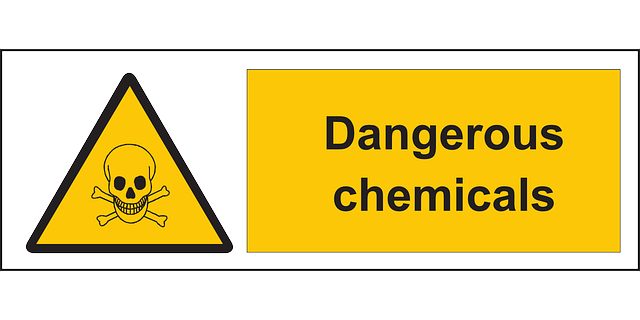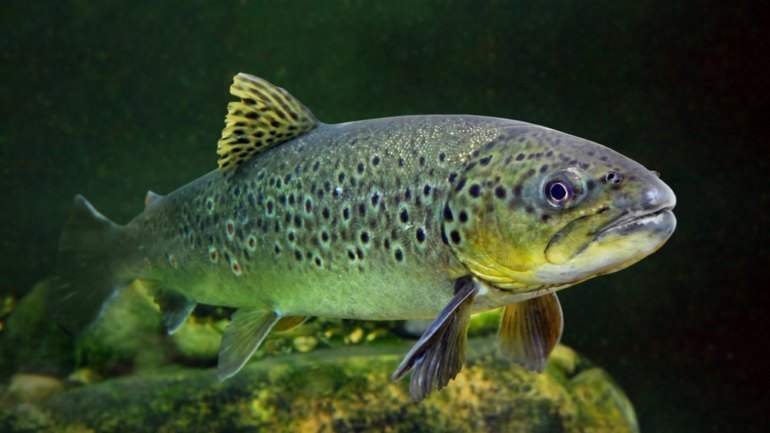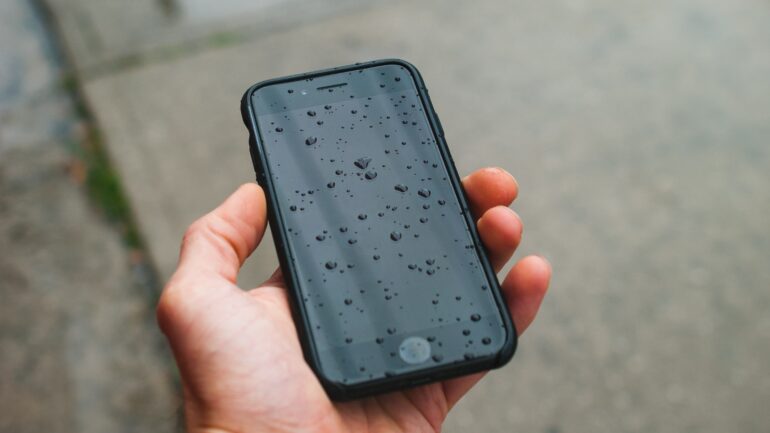By Eric Labrador, Publishing Staff Writer & Researcher for Save The Water™ | June 11, 2018
Introduction to PCBs and PDBEs
In an effort to make the world a better place, a group of organic compounds (polychlorinated biphenyls and polybrominated diphenyl ethers) have been used to prevent fire hazards and help supply electricity to everyone. Unfortunately, these compounds have caused widespread pollution, even in the farthest depths of the ocean. These chemicals invade all parts of nature and human and animal fatty tissue. They can cause “reproductive disturbances and neurotoxic and carcinogenic effects.”1 And they may act as endocrine disruptors.1
Polychlorinated biphenyls (PCBs) and polybrominated diphenyl ethers (PBDEs) are part of the organochlorine compound family. PCBs have been used since the first half of the twentieth century in products such as heat replacement material for electrical transformers.1 PBDEs have been in use since 1960.2 PBDEs and their related substances have been used as flame retardants for household products like furniture, wire and cable insulation, electronics and computers, and baby blankets.3
How PCBs and PBDEs found their way into the environment
The buildup of these chemicals in the environment has been over time. The chemicals can travel as an aerosol after being disposed, can settle in soil, and can become part of the hydrosphere.4 There was no single accident that caused widespread contamination. However, there have been several cases of illegal dumping of PCBs. For example, in 2003, the Monsanto company dumped PCBs into a creek in Anniston, Alabama, which then leaked into a larger lake.5 There was also a major accident at the New Mexico Highway Department building in 1985 where PCB fumes leaked into the building.6
Persistent organic pollutants (POPs)
During the Stockholm Convention in 2005, the World Health Organization ruled PCBs and PBDEs as “persistent organic pollutants.”2 POPs, as defined by the Stockholm Convention, are organic chemical substances which “possess a particular combination of physical and chemical properties such that, once released into the environment, they:
– remain intact for exceptionally long periods of time;
– become widely distributed throughout the environment as a result of natural processes involving soil, water and air;
– accumulate in the fatty tissue of living organisms including humans, are found at higher concentrations at higher levels in the food chain; and
– are toxic to both humans and wildlife.”7
Although the United States signed the Stockholm Convention in 2001, the agreement has not yet been ratified.4
The Environmental Protection Agency (EPA) directed U.S. companies to stop using PCBs in manufacturing as of 1979.8 PBDEs have been used less and less since 2013.3 However, these organic pollutants persist in the environment.
In 2017, the EPA issued a health advisory in Lake Merced, California, on specific fish that could not be eaten because of high levels of PCBs.9 Recently, scientists measured sea life for levels of PCBs and PBDEs in the Mariana and Kermadec trenches in the Pacific Ocean, and found that the amount of toxicity was ten times higher than in sea life at more shallow depths. This pollution is the result of runoff from local river systems in the cities closest to the trenches.10
How do we reduce exposure to these chemicals?
PBDEs and PCBs are in the air, water, and soil. Because these compounds do not easily dissolve and degrade, toxicity increases as they travel up the food chain.4 There are a number of ways to reduce exposure to PBDEs and PCBs. For one, people can avoid eating fish and other foods known to be contaminated.11 Dust also carries a lot of PBDEs. Therefore, keeping a house free from excessive dust will help to reduce continued exposure to PBDEs, as well as help to prevent potential fires. Also, solid waste disposal companies could do much to help. By having specific procedures for identifying and separating products with PCBs and PBDEs, they can reduce the risk of these chemicals escaping into the environment. Most importantly, the world powers involved in the Stockholm Convention must set the example. By making deliberate efforts to protect animal and human life from PCBs and PBDEs, businesses and individuals at the local levels can follow their lead.
References
- Ricardo Lavandier, et al. “Polychlorinated biphenyls (PCBs) and Polybrominated Diphenyl ethers (PBDEs) in three fish species from an estuary in the southeastern coast of Brazil.” Chemosphere, 90(12). https://www.sciencedirect.com/science/article/pii/S0045653512013471
- Muhammad A. Siddiqi, et al. 2003. “Polybrominated Diphenyl Ethers (PBDEs): New Pollutants-Old Diseases.” Clinical Medicine and Research 1.4: 281–290. Print.
- Environmental Protection Agency. April 19, 1979. “EPA Bans PCB Manufacture; Phases Out Uses.” Press Release. http://archive.epa.gov/epa/aboutepa/epa-bans-pcb-manufacture-phases-out-uses.html
- Stockholm Convention on Persistent Organic Pollutants. “What are POPs?” http://chm.pops.int/TheConvention/ThePOPs/tabid/673/Default.aspx
- Paul Rincon. February 13, 2017. “Banned Chemicals Persist in Deep Ocean.” BBC News. http://www.bbc.com/news/science-environment-38957549
- Environmental Protection Agency. June 2, 2018. Superfund Site: Anniston PCB site (Monsanto Co.) Anniston, AL. http://epa.gov/enforcement/case-summary-agreement-complete-cleanup-anniston-pcb-superfund-site-operable-unit-3
- Secretariat of the Stockholm Convention. 2015. “PCB Overview.”
http://chm.pops.int/Implementation/PCBs/Overview/tabid/273/Default.aspx - Department of State. “Stockholm Convention on Persistent Organic Pollutants.” http://state.gov/e/oes/eqt/chemicalpollution/83009.htm
- Centers for Disease Control. September 13, 1985. “Polychlorinated Biphenyl Transformer Incident-New Mexico.” Morbidity and Mortality Weekly Report. Vol. 34, Edition 36, pages 557-559. https://www.cdc.gov/mmwr/preview/mmwrhtml/00000609.htm
- National Institutes of Health, National Library of Medicine. “Polybrominated Diphenyl Ethers—What are PBDEs?” http://toxtown.nlm.nih.gov/text_version/chemicals.php?id=79
- Office of Environmental Health Hazard Assessment, California Environmental Protection Agency. July 2017. Health Advisory and guidelines for eating fish from Lake Merced (North Lake) (S.F. County). https://oehha.ca.gov/media/downloads/advisories/lakemercedreport072017.pdf




